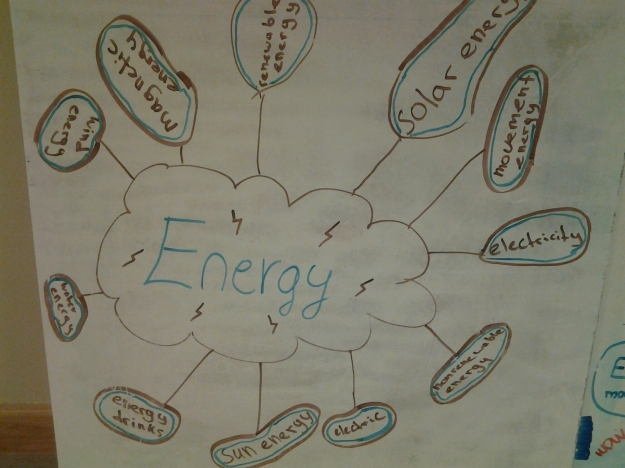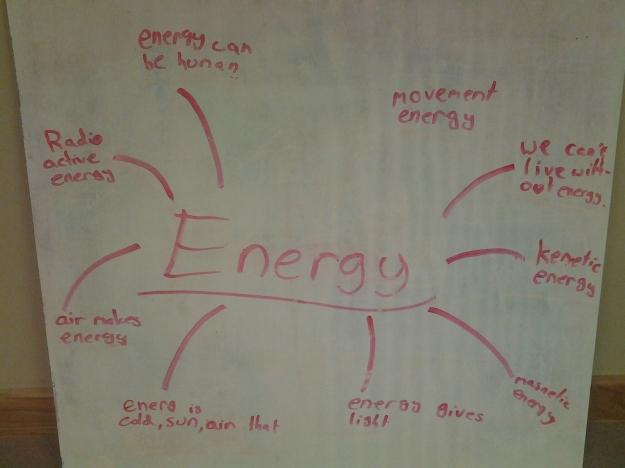There was discussion on the AMTA listserv earlier this month about lab notebooks. I think the consensus was positive. For my 6th-grade science class, there are several benefits:
- The lab notebook provides a structured way to approach and document experiments.
- The lab notebook allows for written self-expression, without getting away from a model-centered course of study.
- The lab notebook stays in the classroom, which will (hopefully, but I’m realistic) mean that it will never be ‘at home’ when we need it.
- The lab notebook serves as a cumulative, living document of our work together.
- The lab notebook documents a large number of the things I need to assess for the IB Middle Years Programme.
Of course, the first step is to create a model for how we write in our lab notebooks! Over the past week, the students have been developing models of the scientific method. I took my favourite, had the students add/delete a couple things, and then we used that to create a template for the lab notebook.

I’m especially happy about the “idea” and “safety” sections. These are not things I would have included, myself, but I think they’re great additions. The “idea” section provides a connection to familiar phenomena (or a modeling-standard introductory demonstration), while the “safety” section forces the students to think ahead to safety issues.
Today we used Scotch tape to see some static electricity in action. During the ~15 minutes between my first demonstration and the first student saying “static electricity” I was on a cloud: it was tremendous to see the students trying to grapple with something completely alien. The tape was attracted to most things, but not other tape. And especially to metal. And it was attracted to water?! And if you watched closely, a stream of water from the tap actually moved because of the tape?!!!
I didn’t have to prod or prompt anything. Children are fantastic.







